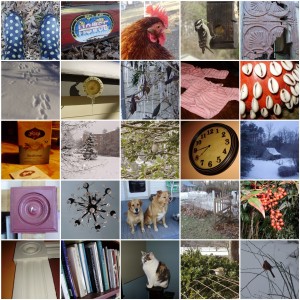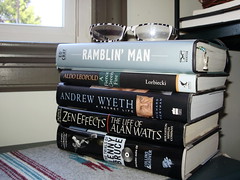I’m half way through my pile of biographies that I’m reading in March so I’m really right on track for the 75 book challenge. (Sneaking in the third book in the Knit series helped since it was a very quick read.) When I got in the car for a five-hour drive to visit family, I plugged in the iPod and was pleasantly surprised to be reminded that my audio book was a biography of a sort as well. I hadn’t listened to it for awhile…no long driving and lousy weather for walking.
So, I had sort of forgotten that I was listening to Girls Like Us: Carole King, Joni Mitchell, Carly Simon–and the Journey of a Generation by Sheila Weller. I had seen the book in the Philadelphia train station but had Audible credits so went for the audio version. I liked the narrator, Susan Ericksen, although she had odd cadences sometimes. And, it was long for an audio book, more than 20 hours. But then, it spanned over 5 decades in the lives and times of these women. And the content was engaging, telling the story of a generation through the lens of three extraordinary women who both reveled in and pushed back against their roles in that generation. Their stories begin separately but then weave together through music and musicians–Jame Taylor is a shared experience with Carly Simon taking him through his years as an addict.
I was most interested in Carole King partially because I knew so little about her and partially because she seemed to make the biggest transformation, from native New York songwriter to rustic Idaho rancher. She achieved fame early and seemingly quickly and then spent the rest of her life trying to live up to her work in Tapestry.
That need to meet others’ expectations was a theme for Joni and Carly, too. Joni’s confessional poetic songs touched other women and when she tried to move away, into jazz, they struggled to follow her. Carly’s early work was more popular than that of her husband, James Taylor, but she suffered from anxiety attacks that eventually put an end to most of her public performances.
This book helped make my biography reading a little more diverse…the books on the pile are all white guys and my inner feminist was feeling a little left out.



